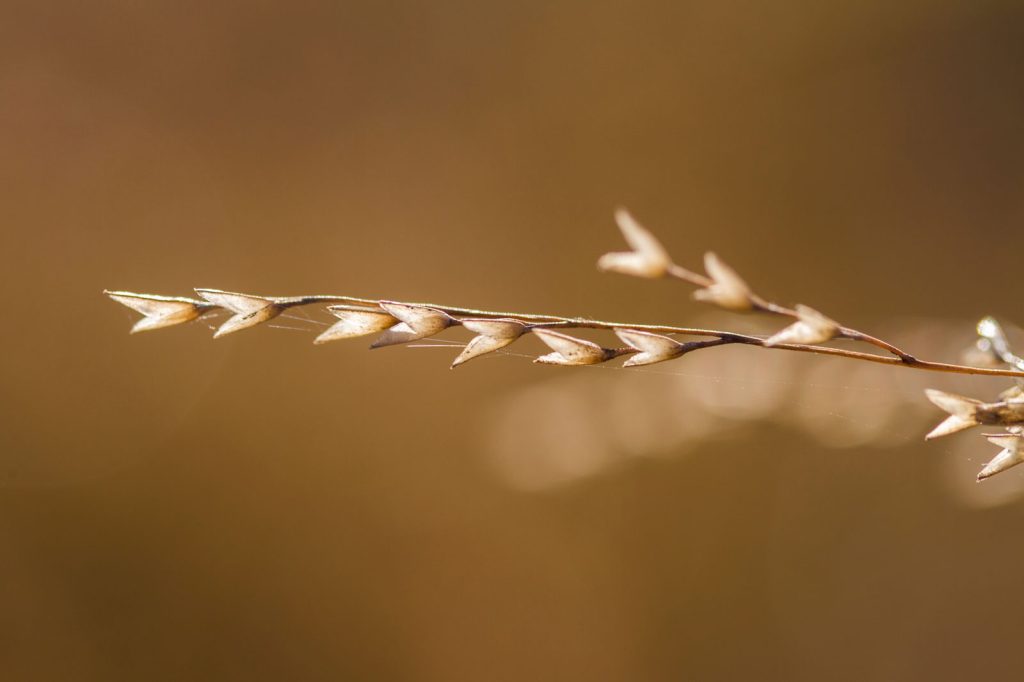In the dynamic landscape of agriculture, a major shift towards sustainability is unfolding, with bioenergy emerging as a key component. Bioenergy, derived from organic materials such as crops, crop residues, and purpose grown perennial vegetation like switchgrass, stands out as a renewable and environmentally friendly energy source. Unlike fossil fuels, bioenergy relies on the continuous replenishment of biological resources, making it a sustainable alternative.
The utilization of agricultural by-products and residues for bioenergy production not only mitigates waste but also reduces dependence on non-renewable energy sources, paving the way for a more sustainable energy landscape in agriculture.
Bioenergy and Carbon Sequestration:
One of the remarkable aspects of bioenergy is its potential to contribute to carbon sequestration. Plants absorb carbon dioxide during photosynthesis, and when plants like switchgrass are used for bioenergy production, the carbon they captured is stored underground in the root system. This helps offset carbon emissions from other sources, making bioenergy an integral part of the agricultural sector’s contribution to combating climate change. The cultivation of bioenergy crops thus becomes a dual-purpose endeavor, addressing energy needs while actively participating in carbon sequestration.
Waste-to-Energy Solutions:
The integration of bioenergy in sustainable agriculture extends beyond traditional farming practices. By implementing waste-to-energy solutions, farmers can convert agricultural residues and organic waste into valuable energy resources. This not only reduces the environmental impact of waste disposal but also provides an additional revenue stream for farmers. Bioenergy derived from waste products exemplifies the circular economy in action, where resources are repurposed to create energy in an environmentally responsible manner.
Biodiversity Enhancement:
Bioenergy production often involves the cultivation of dedicated energy crops, such as switchgrass and miscanthus. These crops can be strategically integrated into agricultural landscapes to enhance biodiversity. Unlike traditional row crop practices, the cultivation of diverse bioenergy crops creates habitats for various species, promoting a healthier and more resilient ecosystem. This harmonious coexistence of energy production and biodiversity demonstrates how bioenergy can be a driving force for sustainable agriculture. The bioenergy program FDCE fostered for Virginia’s alternative energy team was so successful, PGH received funding for and installed a new biomass boiler in 2015 and has been burning switchgrass year-round as their main fuel source since that time. Learn more about FDCE and what we do.

